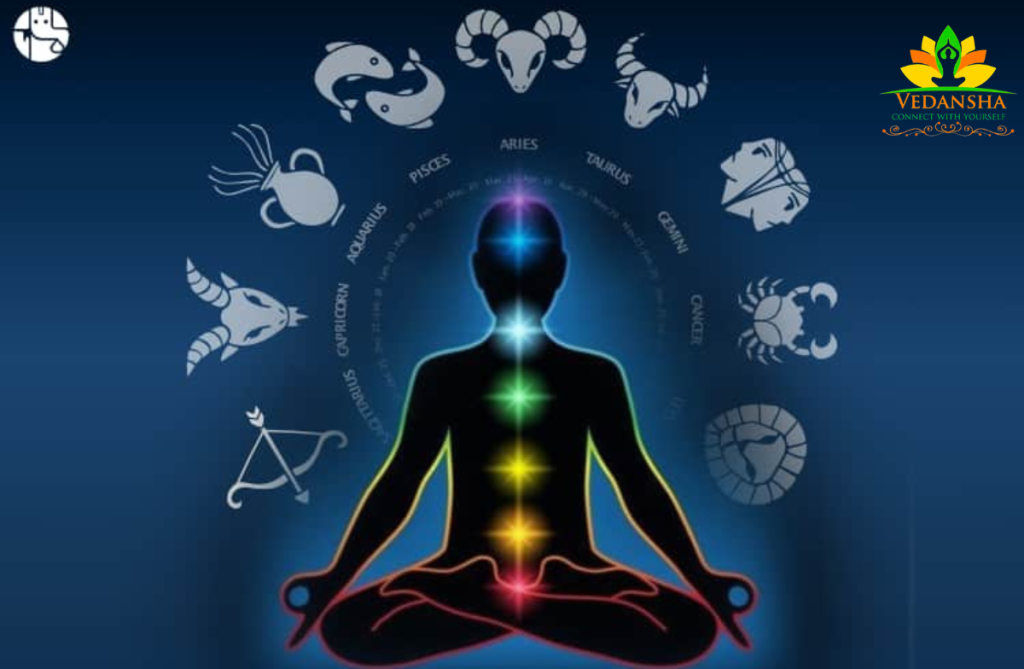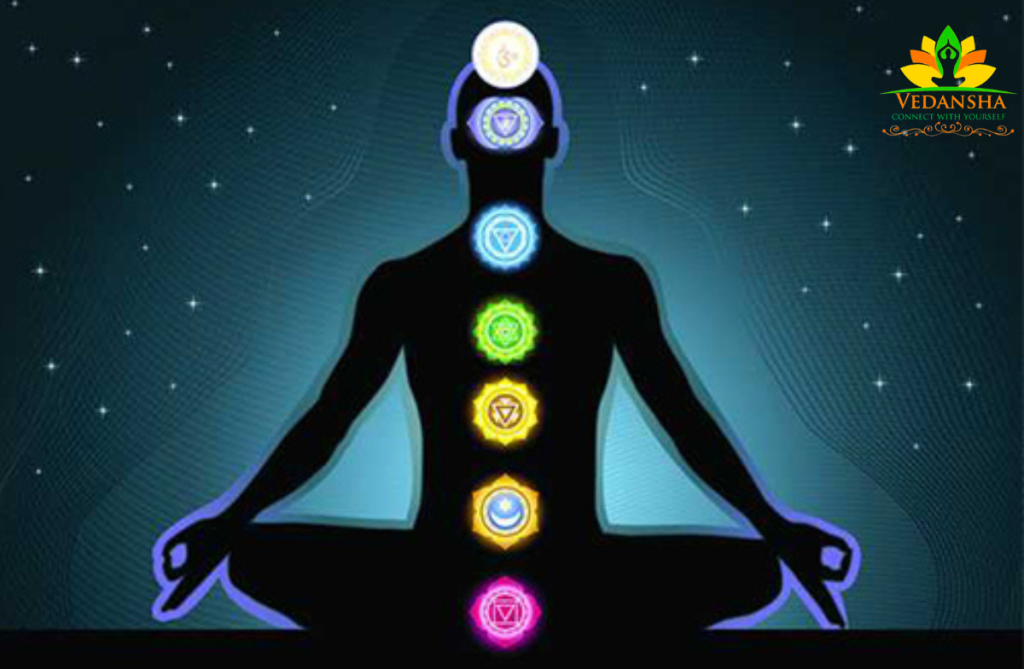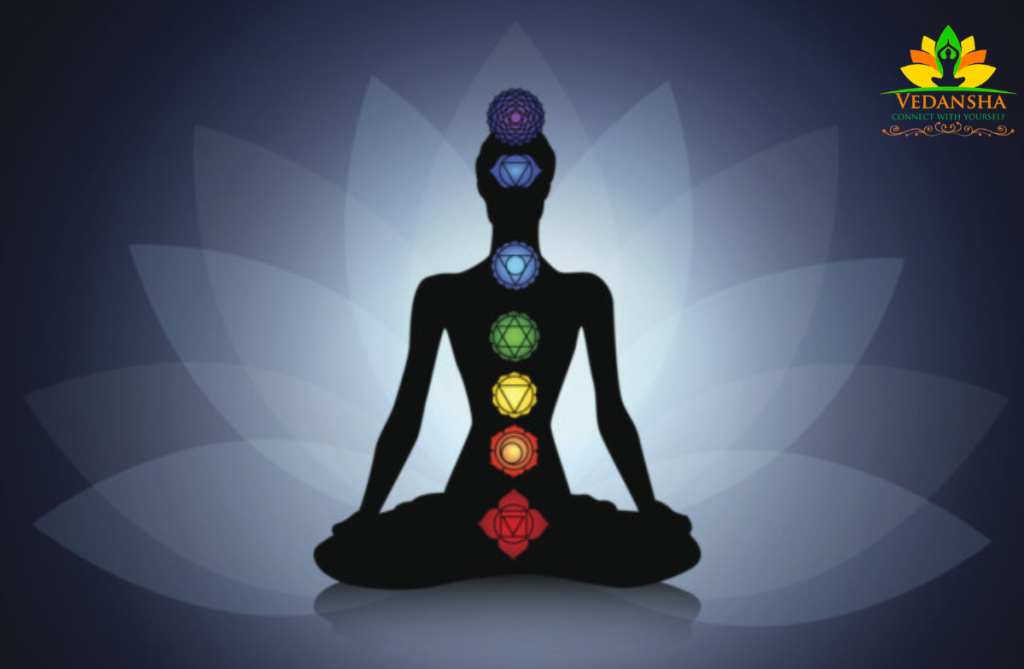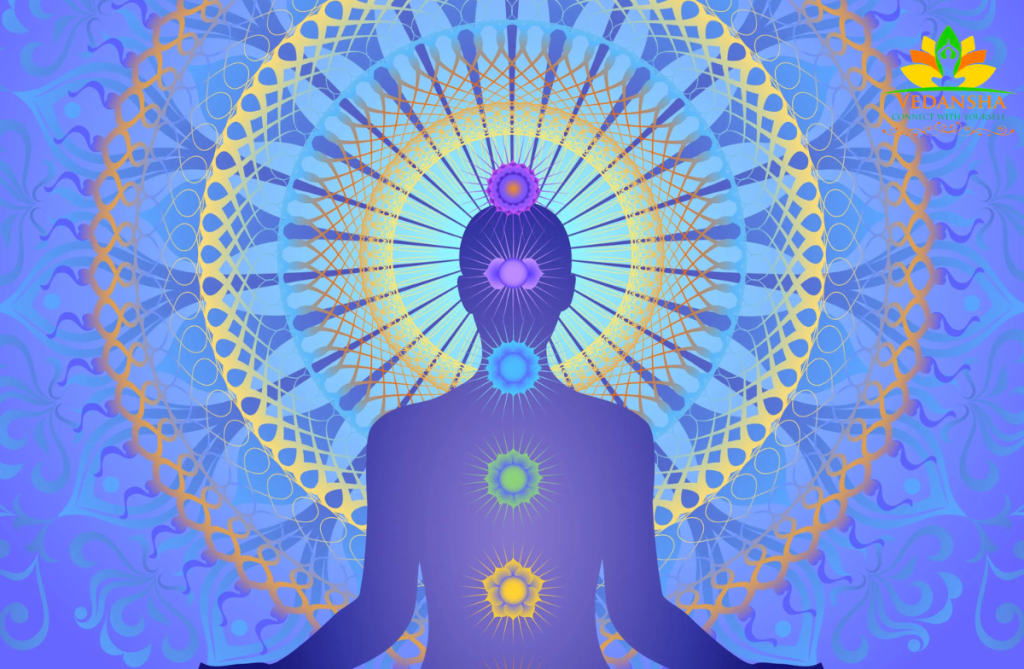Importance of Seven Chakras of The Body in Yoga
Yoga, an ancient practice with roots in India, is not merely a physical exercise but a holistic approach to achieving balance and harmony in the body, mind, and spirit. At the heart of yoga philosophy lies the concept of chakras—energy centers within the body. There are seven main chakras, each with its unique significance. In this article, we will delve into the importance of these seven chakras in the practice of yoga.
The Root Chakra (Muladhara)

The first chakra, known as the Root Chakra, is located at the base of the spine. It represents our foundation and connection to the earth. When balanced, it provides a sense of security and stability, essential for the practice of yoga. A stable foundation ensures that the physical postures (asanas) are performed with strength and confidence.
This chakra serves as the foundation of our existence. It is the root of our physical and emotional stability. When balanced, it instills a deep sense of security, grounding us to the earth’s energy. It helps us overcome challenges and fulfill our basic needs, providing the stability needed to thrive in life.
Seven Chakras of The Body in Yoga
The Sacral Chakra (Svadhishthana)
The Sacral Chakra, positioned just below the navel, is associated with creativity and passion. In yoga, it plays a crucial role in unlocking creative energy during practice. When this chakra is balanced, yogis find themselves more in tune with the flow of movement and the creative expression of each pose.
The sacral chakra is the seat of creativity, passion, and emotions. It fuels our desires, inspires artistic expression, and nurtures sensuality. When balanced, it encourages us to embrace pleasure and form healthy, intimate connections with others.

The Solar Plexus Chakra (Manipura)
Located in the upper abdomen, the Solar Plexus Chakra is linked to personal power and self-esteem. In yoga, it empowers practitioners to believe in their abilities and embrace challenges on the mat. A balanced Solar Plexus Chakra fuels the determination needed to progress in yoga practice.
Located in the upper abdomen, the solar plexus chakra embodies personal power and self-esteem. It empowers us to assert ourselves, set and pursue goals, and take control of our lives. When in balance, it fosters self-worth and a sense of confidence.
The Heart Chakra (Anahata)
As the name suggests, the Heart Chakra is all about love and compassion. In yoga, it encourages practitioners to approach their practice with an open heart and a sense of self-acceptance. Cultivating love and compassion on the mat can lead to a deeper connection with oneself and others.
At the heart center, this chakra radiates love, compassion, and empathy. It enables us to give and receive love unconditionally, forming deep, harmonious relationships with others. It is the source of emotional healing and inner peace.

The Throat Chakra (Vishuddha)
The Throat Chakra governs communication and self-expression. In yoga, it encourages students to find their voice, both physically and metaphorically. Proper alignment and breath control in asanas require effective communication within the body. Additionally, it promotes mindfulness in speech and expression.
The throat chakra governs communication and self-expression. It empowers us to articulate our thoughts and feelings with clarity and authenticity. When balanced, it facilitates effective communication, enhancing honesty and authenticity in our interactions.
The Third-Eye Chakra (Ajna)
The Third-Eye Chakra, positioned between the eyebrows, is associated with intuition and insight. In yoga, it helps practitioners develop a heightened sense of awareness. This awareness extends to the alignment of the body in each pose, deepening the practice by fostering mindfulness and presence.
Positioned between the eyebrows, the third-eye chakra enhances intuition, insight, and inner wisdom. It awakens our inner vision, guiding us to make informed decisions and perceive deeper truths. It is the center of spiritual awakening and heightened awareness.
The Crown Chakra (Sahasrara)
The seventh and highest chakra, the Crown Chakra, is linked to spiritual connection and enlightenment. In yoga, it signifies the ultimate goal of union with the divine. While this chakra may not be as directly involved in physical postures, it serves as a reminder of the spiritual aspect of yoga practice, transcending the physical realm.
At the crown of the head, the crown chakra signifies our connection to the divine and universal consciousness. It represents pure consciousness and enlightenment, transcending earthly limitations. Activation of the crown chakra leads to spiritual awakening and a profound sense of unity with all that is.

Conclusion
Understanding and harnessing the power of the seven chakras is fundamental to a fulfilling and transformative yoga practice. These energy centers not only guide physical alignment but also facilitate emotional and spiritual growth. By incorporating chakra awareness into your yoga journey, you can deepen your practice and embark on a holistic path to well-being.
FAQs
1. How can I balance my chakras during yoga practice?
Balancing chakras in yoga involves mindfulness, meditation, and specific asanas that target each chakra. Consistent practice and self-awareness are key.
2. Can an unbalanced chakra affect my yoga practice?
Yes, an unbalanced chakra can manifest as physical or emotional challenges during practice. Addressing chakra imbalances can lead to a smoother and more harmonious yoga experience.
3. Are there specific poses for each chakra?
Yes, certain yoga poses are associated with each chakra. For example, the Tree Pose (Vrikshasana) is often used to balance the Root Chakra.
4. How can I enhance my intuition through yoga and the Third-Eye Chakra?
Meditation, deep breathing exercises, and poses that promote focus, like the Child’s Pose (Balasana), can enhance intuition and Third-Eye Chakra activation.
5. Is it necessary to believe in spirituality to benefit from the Crown Chakra in yoga?
While the Crown Chakra is linked to spirituality, it can also represent a higher state of consciousness. You can benefit from its activation regardless of your spiritual beliefs.

